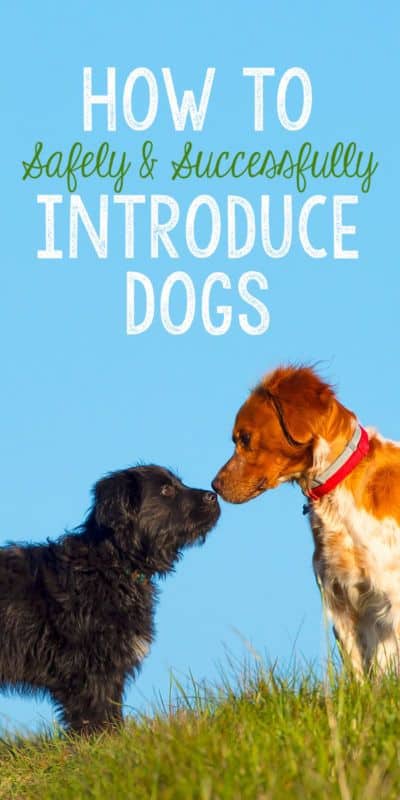How to Safely Introduce Dogs: Essential Guidelines for Positive Interactions
Introducing your dog to a new or unfamiliar canine companion can be a critical moment in a dog owner’s life. Like humans, dogs do not always develop instant friendships. Therefore, it is essential to carry out introductions in a safe and controlled environment to help foster a lifelong bond.
When conducted properly, even dogs who initially seem incompatible can thrive in a long-lasting, harmonious relationship. Here are some important guidelines for safely introducing dogs.
Preparation for a Successful Introduction
To ensure your dog is set up for success in these scenarios, consider the following:
- Choose the Right Time: Plan the introduction when your dog is calm. Taking your dog for a lengthy walk or engaging in a game of fetch beforehand can help release excess energy.
- Understand Body Language: Familiarize yourself with your dog’s body language. Signs of discomfort may include subtle signals like lip-licking or yawning, or more obvious signs like growling or barking. Monitoring these cues will help you adjust the introduction as needed.
- Keep it Short: Limit the length of introductions to maintain a positive experience. Some dogs may need time to form a bond.
- Use Restraints: Ensure both dogs are leashed with properly fitted collars or harnesses to maintain control. Have high-value treats available to reward good behavior.
Do’s and Don’ts of Dog Introductions
- Do: Keep introductions positive and calm.
- Don’t: Introduce a dog with a known history of aggression without professional guidance.
- Do: Allow ample time for your dog to get accustomed to the new dog.
- Don’t: Force dogs to interact if they’re uncomfortable.
- Do: Monitor newly introduced dogs until you confidently assess their safety around each other.
- Don’t: Expect instant camaraderie or playful interactions.
- Do: Acknowledge that some dogs may simply never get along.
Choosing the Right Location for Introductions
Selecting a neutral area, such as a local park or a friend’s yard, is crucial for avoiding territorial behavior. An unfamiliar setting can prevent either dog from feeling threatened. Depending on the personalities of the dogs, you may opt for a small stretch of road or a spacious park for their first meeting.
Implementing Walks to Gradually Introduce Dogs
Start with both dogs on leashes, keeping a significant distance apart. Here’s how to proceed:
- Walk the dogs parallel to each other at a safe distance, ensuring they are aware of one another but not close enough to provoke each other.
- Reward your dog for calmly observing the new dog with treats and praise. This creates positive associations.
- Slowly decrease the distance between the two dogs when both show calm behavior.
- If either dog displays signs of stress, retreat to a more comfortable distance and try again later.
Building a Lasting Friendship
Once the dogs are comfortable with close proximity, you can transition to walking them directly behind one another or side by side. Always be ready to revert to a safe distance if either dog becomes agitated or overexcited.
When moving introductions to more familiar surroundings, keep in mind that this may trigger territorial behaviors. Remove toys or food that could lead to conflict, and gradually introduce them under supervision.
Final Thoughts on Dog Introductions
Until you are confident that both dogs can be left alone together, do not leave them unsupervised. Seek the guidance of a professional dog trainer if the introductions stall or do not go as planned.
Have you successfully introduced dogs to one another? Share your tips and experiences in the comments section below!
Share This Article!
Find this information useful? Pin it for later!













